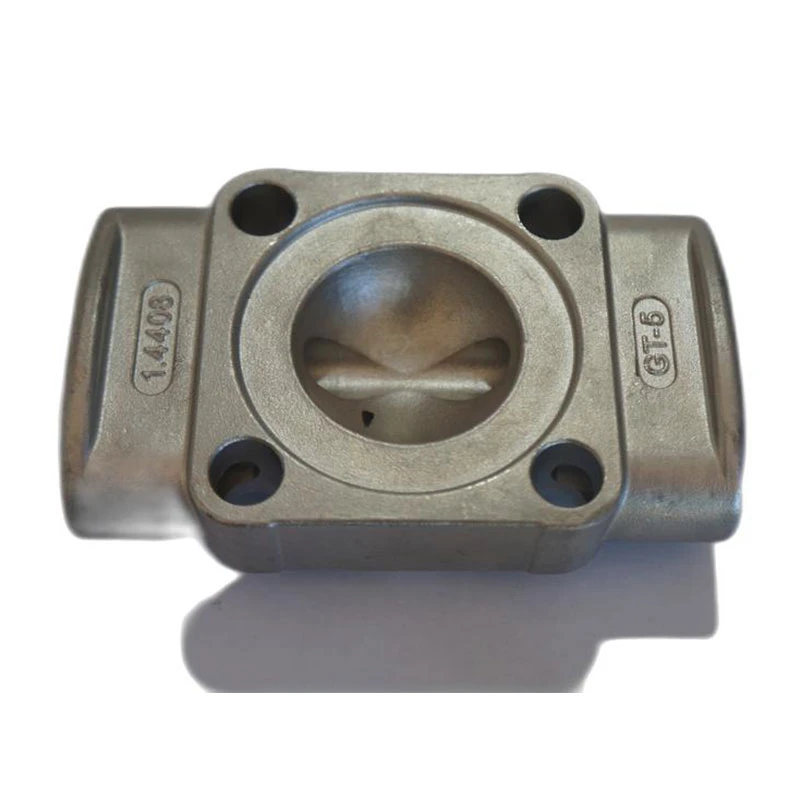Understanding the Concept and Benefits of Precision Casting Techniques in Manufacturing
Understanding Precision Casting An Overview
Precision casting, often referred to as investment casting or lost-wax casting, is a sophisticated manufacturing process widely utilized in various industries to produce intricate and high-precision components. This method stands out due to its ability to create parts with exceptional dimensional accuracy and surface finish. In this article, we will explore the principles of precision casting, its advantages, applications, and the steps involved in the process.
What is Precision Casting?
Precision casting is a technique that involves creating a wax or polymer model of the desired part and subsequently encasing it in a ceramic shell. Once the shell is formed, the model is melted away, leaving a hollow mold into which molten metal is poured. After cooling, the shell is removed, yielding a finished metal piece that closely resembles the original model. This process allows for the production of complex shapes that would be difficult or impossible to achieve through traditional manufacturing techniques.
Advantages of Precision Casting
One of the most significant benefits of precision casting is its ability to achieve tight tolerances. Parts produced through this method can have tolerances as tight as ±0.1 mm, making it ideal for applications where precision is critical. Additionally, the smooth surface finish of cast components reduces the need for extensive machining, saving both time and resources.
Another advantage is the versatility of materials that can be used. Precision casting is suitable for a wide range of metals, including aluminum, steel, cobalt, and nickel alloys. This flexibility allows manufacturers to choose materials that best suit their specific application requirements, whether it’s for strength, corrosion resistance, or weight considerations.
Furthermore, precision casting produces minimal waste compared to other manufacturing processes. Because the process involves creating a mold directly from the model, there is less excess material, which contributes to a more sustainable operation.
Applications of Precision Casting
Precision casting is widely employed in various sectors. The aerospace industry is one of the primary beneficiaries of this technology; components such as turbine blades, landing gear parts, and housings require high precision and reliability. In the automotive sector, precision casting is used for manufacturing engine components, gearbox cases, and suspension parts, all of which are critical to vehicle performance and safety.
In addition to aerospace and automotive, precision casting finds applications in medical devices, where high accuracy is crucial for components such as surgical instruments and implants. The oil and gas industry also utilizes this method for producing valves, pumps, and other equipment that must withstand harsh environmental conditions.
what is precision casting

The Precision Casting Process
The precision casting process involves several key steps
1. Pattern Creation The first step is to create a pattern, typically made from wax or polymer, that accurately reflects the desired final product. This pattern can be produced using various methods, including 3D printing, CNC machining, or traditional modeling techniques.
2. Shell Building The pattern is then coated with a ceramic slurry. After the coating hardens, it forms a rigid shell. This shell will withstand the heat of the molten metal but will be thin enough to allow for efficient heat transfer.
3. DeWaxing In this stage, the shell is heated to remove the wax model. This is typically done in an autoclave or a furnace, where the wax melts away, leaving a hollow mold.
4. Melt and Pour Next, the molten metal is poured into the ceramic shell. The metal must be heated to a precise temperature to ensure proper flow and filling of the mold.
5. Cooling and Shell Removal After the metal has cooled and solidified, the ceramic shell is broken away, revealing the cast component.
6. Finishing Finally, any additional finishing operations, such as machining or polishing, are performed to meet the required specifications.
Conclusion
Precision casting is an advanced manufacturing technique that offers unparalleled advantages in producing high-precision parts with complex geometries. Its applications across various industries highlight its importance in modern manufacturing. As technology continues to evolve, precision casting is set to play an even more significant role in meeting the demands of increasingly sophisticated engineering challenges. This method not only enhances the quality of products but also contributes to more sustainable manufacturing practices, making it a vital component of future industrial advancements.
-
Precision Sheet Metal Stamping Manufacturer | Fast & ReliableNewsAug.01,2025
-
OEM Sand Cast Pump Valve Fittings - Baoding Hairun Machinery And Equipment Trading Co., Ltd.NewsAug.01,2025
-
Custom OEM Impellers | High Efficiency & PrecisionNewsAug.01,2025
-
OEM Sand Cast Pump Valve Fittings - Baoding Hairun Machinery | Customization, Quality AssuranceNewsAug.01,2025
-
OEM Sand Cast Pump Valve Fittings - Baoding Hairun Machinery And Equipment Trading Co., Ltd.NewsAug.01,2025
-
OEM Sand Cast Pump Valve Fittings - Baoding Hairun Machinery And Equipment Trading Co., Ltd.NewsJul.31,2025















